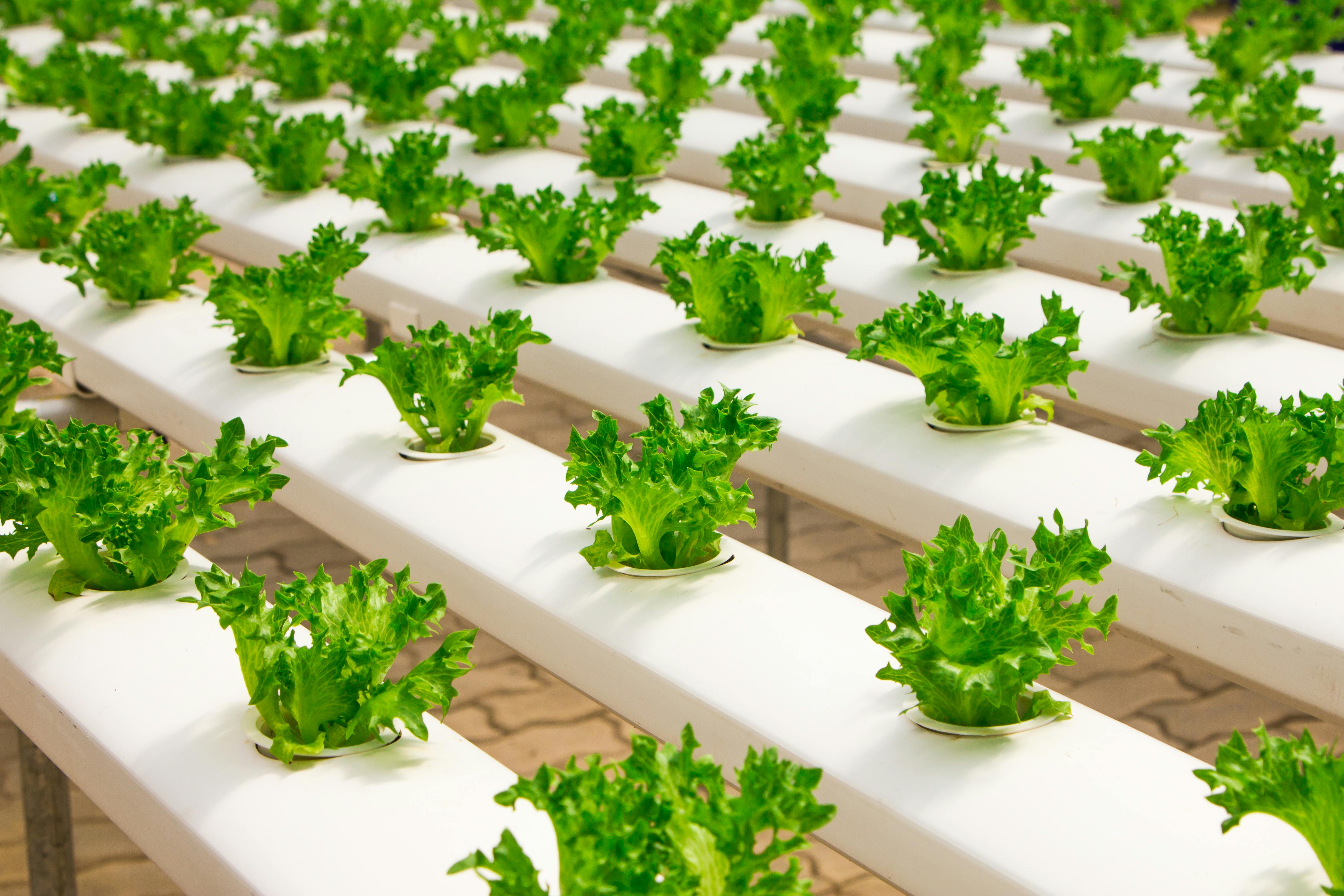Growing a victory garden is a great way to become more self-sufficient and have a greater sense of connection to the natural world. Victory gardens are also an excellent way to reduce your grocery bill by providing you with fresh, organic produce. With some careful planning and attention, you can successfully create a beautiful and productive victory garden. This guide will provide you with some tips on how to get started.Choosing a location for your garden is an important decision. You should take into consideration several factors such as the amount of sunlight, access to water, and soil quality. Sunlight is necessary for most plants to grow and thrive. Access to water is important for keeping your plants hydrated and healthy. The soil quality will also have an effect on what types of plants can be grown in your garden. You should also consider the size of your garden when selecting a location. A larger garden may require more space than you have available, so it’s important to choose a spot that can accommodate it. Finally, you should
Plan Your Garden Layout
When planning your garden layout, it is important to consider the size, shape, and orientation of your yard. You should also think about the type of plants you would like to grow and how they will interact with one another. Additionally, you should consider any potential landscaping elements that may be necessary to create a beautiful and functional garden space.
Start by measuring the size of your yard and drawing a map of your garden area. This will help you decide how to divide up the area into different sections for planting different
Prepare the Soil
Before you start planting your garden, it is important to prepare the soil. This includes removing any large rocks, sticks or debris, as well as tilling or breaking up the soil to make sure it is loose and ready for planting. If there are any weeds present, they should be removed before planting as well. The soil should also be tested to make sure it is balanced and has the right pH level for the plants you will be growing. If necessary, you can add organic matter such as compost or manure to enrich the soil and help promote
Select the Right Seeds and Plants
When you’re starting a garden, it’s important to select the right seeds and plants for your space and soil. The type of plants you choose depends on the climate and soil of your region, as well as the amount of sunlight and water available. Before purchasing any plants or seeds, it’s essential to do some research to ensure you’re selecting the species that will thrive in your particular area.
Start by consulting local resources like garden centers, nurseries, and agricultural extension offices for advice on
https://images.pexels.com/photos/348689/pexels-photo-348689.jpeg
Spring is Here: Time to Start Planting
As the days get longer and the weather grows warmer, spring has finally arrived and it’s time to start planting. Planting a garden can be a fun and rewarding activity that can provide you with healthy homegrown food, add beauty to your home, or even provide a calming effect when tending your plants. Whether you have an expansive outdoor area or just a balcony, there are plenty of options for starting your own garden this spring.
One of the first steps in planning your garden is deciding what type of plants

Soil Type
When it comes to choosing the right soil for your garden, there are several factors to consider. The type of soil you choose will depend on the type of plants you are growing, as well as the climate and conditions in your region. Clay soils are ideal for some plants, while sandy soils are better suited for others. It is important to select a soil that is well-balanced with good drainage properties so that water can easily penetrate the ground and reach the roots of your plants. Additionally, organic matter such as compost or manure can be added to enrich the
Mow Regularly
Mowing your lawn on a regular basis is essential for maintaining healthy and attractive grass. Mowing keeps the grass at the right length, encourages growth, and helps to keep weeds away. It’s important to mow regularly, typically about once a week or every other week during the growing season. When mowing, make sure to use a sharp blade on your mower to ensure a clean cut and avoid damaging the blades of grass. Mowing too short is not recommended as it can weaken the grass and increase the risk of weed growth. <
Support for Tall Plants
Tall plants need additional support to grow properly, and there are several ways to provide this. Stakes and trellises are the most common supports for tall plants. Stakes should be placed securely in the ground around the plant, and then the plant’s stem should be tied to the stake with a soft material such as twine or cloth. Trellises can be used to provide vertical support and can be either freestanding or attached to a structure such as a wall or fence. When using a trellis, ensure that it is

Conclusion
Victory gardens have been a part of history for centuries and can still be used today to make a difference in our lives. Growing a victory garden is not only an enjoyable and educational experience, but also an important way to help the environment and support local farmers. You can start small by growing vegetables and herbs in your backyard, or you can go big by setting up a larger garden plot or joining a community garden. Growing your own food is a rewarding experience that will benefit not only you, but also your family, friends, community, and planet.
<
